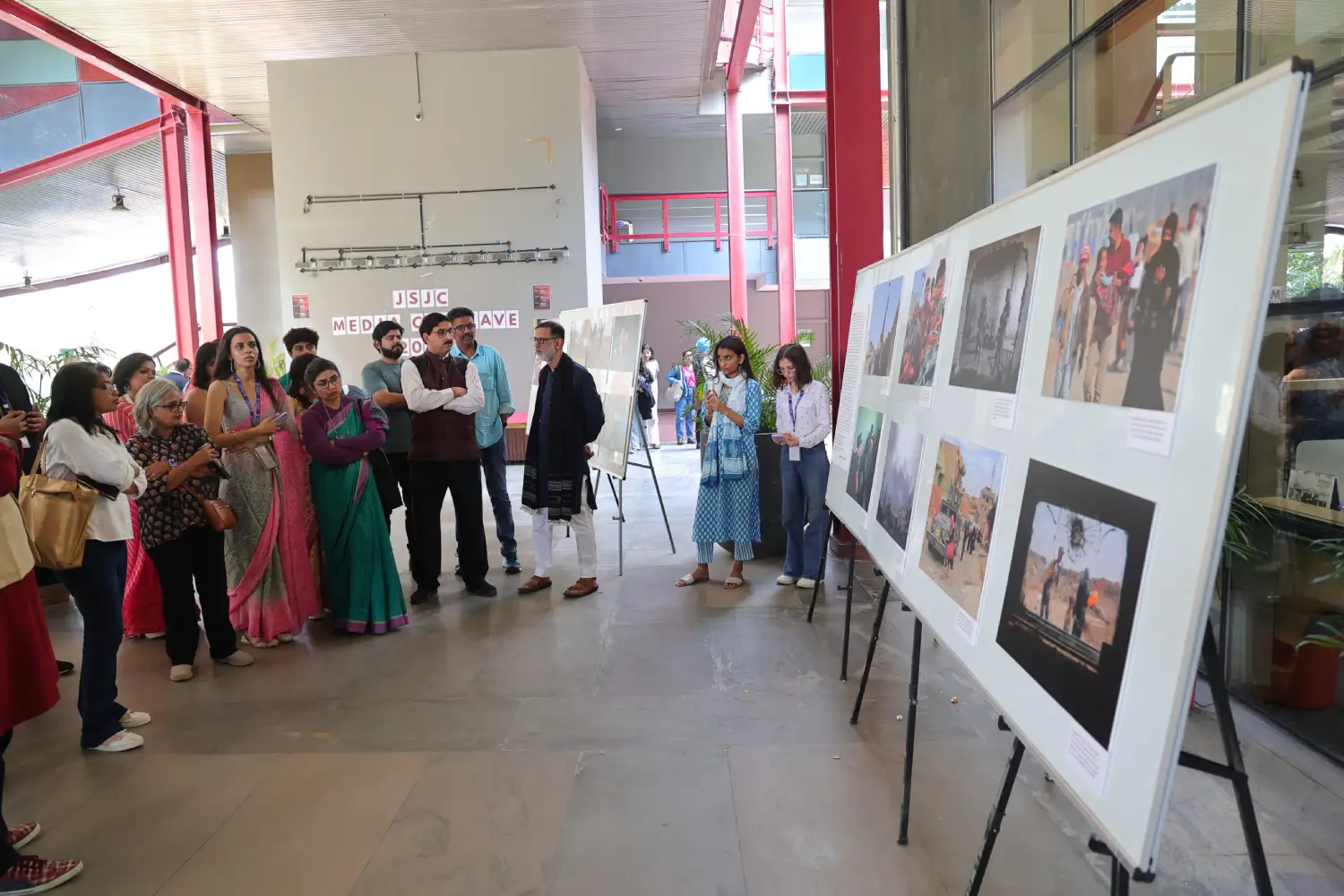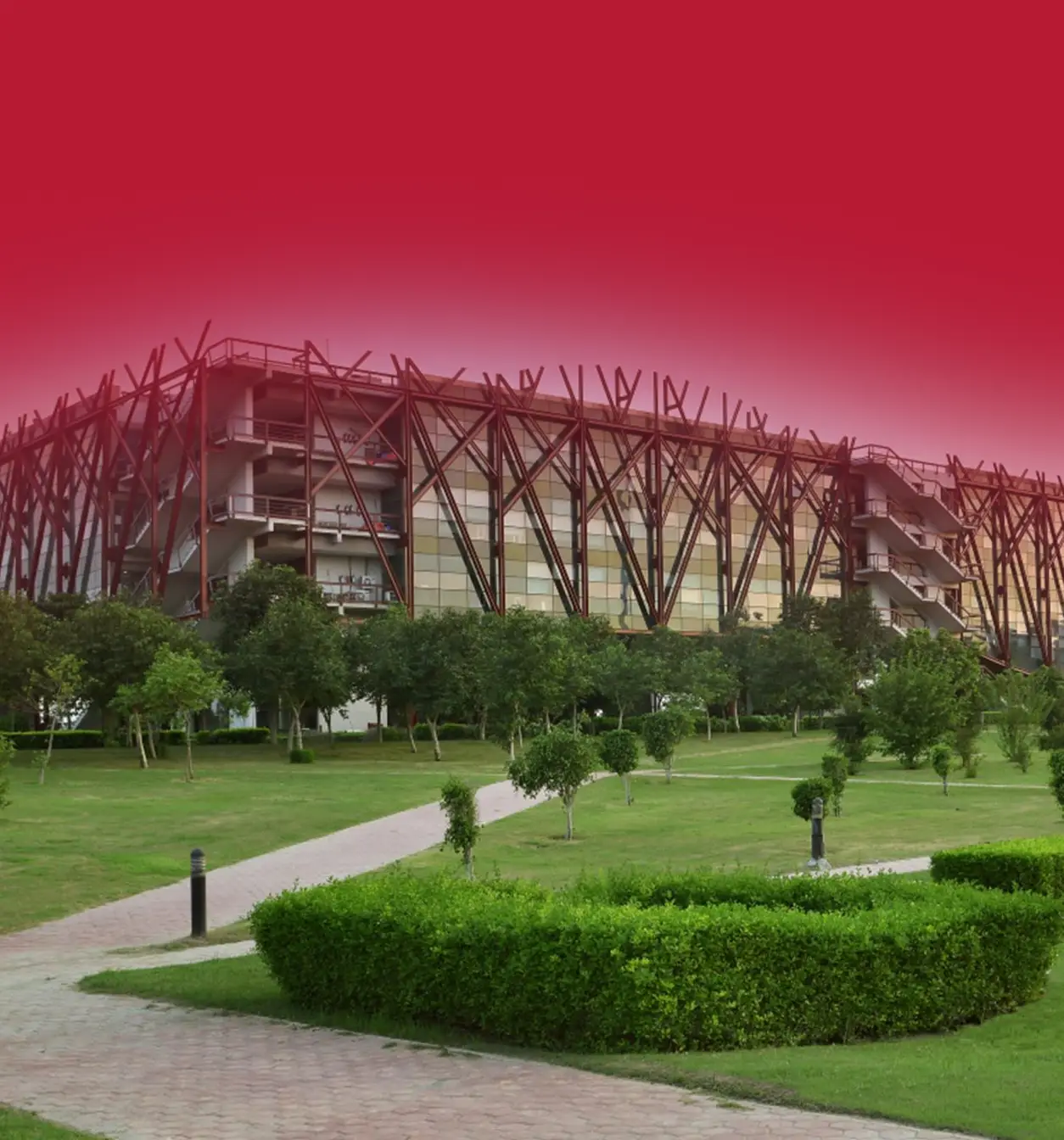Journalism is often regarded as a prestigious profession, popularly known as the fourth pillar of democracy, the other three being the Legislature, the Executive, and the Judiciary. A career in Journalism or Mass Media begins with admission to a journalism course after 12th examinations. This courageous profession demands dedicated individuals who have an interest in the media and the way it works.
The undergraduate course in Journalism & Mass Communication delves into the vast world of mass media. Students are taught about the various types of mass media, their history, and the current state of the industry. Since the digitalisation movement, the power of media has catapulted to its peak. A Journalism & Mass Communication degree opens up a flurry of opportunities for aspiring students and also familiarises them with the workings of the media in this digital age.
The Power & Impact of Mass Media in a Digital World
The concept and expression of journalism and mass communication have undergone drastic changes since the advent of the Internet. The digital world and new media are two factors that have significantly altered the public consumption of media, whether it be information or entertainment. Digital platforms have greatly changed how the media performs, especially the news media.
Digitalisation has provided mass media with the power to use sensationalised content and set up narratives, rather than relying solely on basic facts for garnering views. All the negativities aside, new media have also empowered genuine content creators to present their work and reach a broader audience. In the contemporary world, it is crucial for journalists to ethically shed light on issues that matter, impact lives, and uphold democratic values.
Why Journalism Is Utterly Important for a Democratic Country Like India
As the fourth pillar of democracy, journalists have a huge responsibility towards society at large. It has the power to present the reality and question the other three pillars of democracy, including the legislators, executives and judiciary. For a relatively young country like India, democracy is instrumental to its very existence, allowing a sense of freedom for its people and nurturing diversity in every aspect. Besides journalism, mass media play a monumental role in shaping or forming public opinion, yielding the demand for a responsible dissemination of content.
The journalism course are not only centred around journalists and their roles, but also go on to explain the importance and power of mass communication. The news is one of the biggest tools of mass communication. There are other prominent media such as films, social media, and now OTT platforms, which are also creating quite a buzz.
Breaking into the Media: Journalism course as a Post-12th Career
The journalism course after 12th standard aims to offer students a perspective on both traditional and contemporary media. Mass communication further emphasises the tools and technologies that will be useful in various other professional fields.
Students with a passion for becoming part of the media can choose to start with a journalism degree, which will provide a broader understanding of the industry and help them figure out their personal areas of excellence. The scope of journalism in India has only increased in these digital times, and the Jindal School of Journalism and Communication is one of the renowned institutions in the country, guiding aspirants to the right course in the media.
The course sharpens the technical, communicational, and intellectual skills of every student, making them adaptable to the contemporary state of the industry. A career in B.A. (Hons.) Journalism & Media Studies produces reporters, copywriters, camera persons, video editors, and filmmakers. Hence, the students are taught accordingly, developing the skills required to pursue diverse career options and forge a meaningful life.
FAQ
1. What criteria do you need to meet to be eligible to apply for B.A. (Hons.) Journalism & Media Studies at JSJC?
Ans: At the Jindal School of Journalism and Communication, candidates are expected to have passed their Class 12 examination in any stream and produce the certificate and other documents to acquire the application form. The selection process begins only after the applicant submits the form for personal assessment.
2. How are candidates chosen and selected for the courses in journalism after 12th at the Jindal School of Journalism and Communication??
Ans: After the initial assessment, candidates are required to go through three further rounds of the eligibility and selection process. The three rounds are held one after the other, starting with the spontaneous writing round. Next, students are personally interviewed by a panel. Lastly, they must either sit for the JSAT examination and achieve a 50% score or have previously passed a relevant examination with a similar cut-off.
3. What is the programme structure and focal point of the curriculum for the undergraduate Journalism & Mass Communication programme at JSJC?
Ans: The curriculum at the Jindal School of Journalism and Communication aims to academically and practically prepare students for a dynamic career in mass media. Starting from its origin with print media, moving through the constantly changing world of new media, and offering a comprehensive study of mass communication, the course is designed to give a broader perspective to students.
4. How is the Jindal School of Journalism and Communication different from other government and privately run institutions?
Ans: JSJC is quite different in its approach with students, as it values practical and technical skills alongside academic and theoretical progress. It has a studio equipped with state-of-the-art technology, allowing students to experiment and explore various media functions, and even collaborate to create an entire programme.
5. What future course of action are students required to take after graduating with a Journalism & Mass Communication degree from JSJC to establish a professional career?
Ans: A journalism course after the 12th opens up a world of career possibilities in the media and allied fields. They can work in print media if they possess writing and proofreading skills. They can also join the audio-visual media sector, working in editing and other technical roles. Students can contribute effectively to the industry, either in front of the camera or behind the scenes.
Source Links





